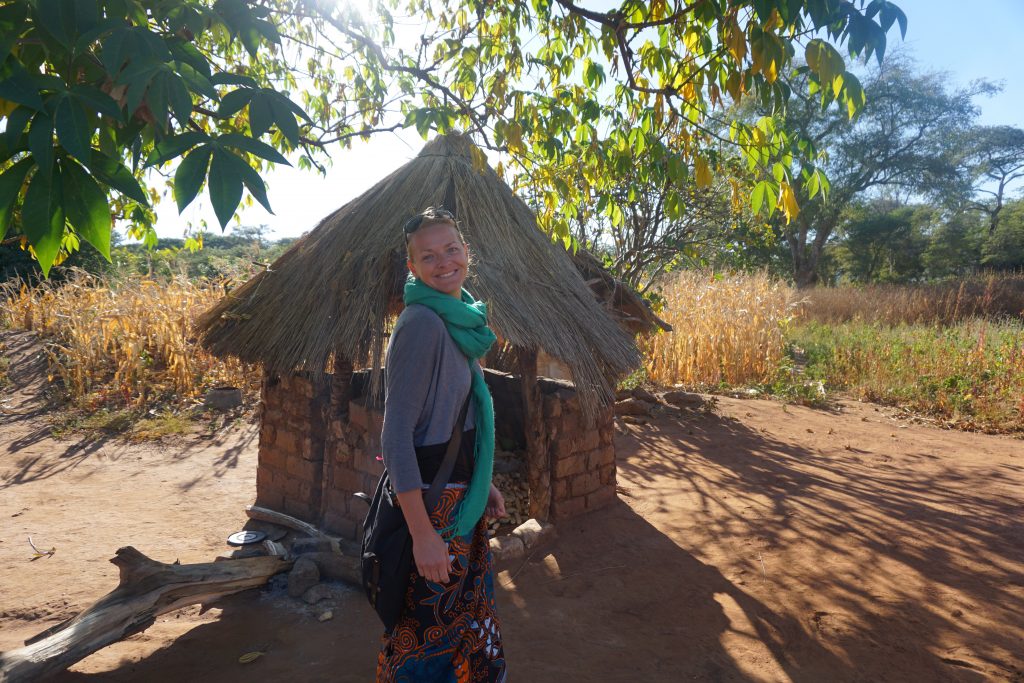This is a two part series describing user testing results done in rural Zambia. This blog highlights key findings that need to be incorporated when developing mHealth services in this area.
A few weeks ago I had the chance to experience great user testing in Zambian rural areas. Adopting a Human Centric Design (HCD) approach showed us that in too many cases content is disseminated to users which does not represent the reality on the ground and users cannot resonate with the messages they receive.
We conducted our research two hours away from Zambia’s capital, Lusaka. After 100 kilometres on the road and 20 kilometres on the dirt road we arrived at a very well-run clinic. The manager in charge of running the clinic took our breath away as she showed us around – all the way from how the clinic is managed, to its set-up, community involvement and business model that helps them overcome the lack of the government support.
After settling in one of the clinic’s houses we went out to connect with the community. Given their great relationship with the clinic we were welcomed everywhere we went. The reality of this situation was overwhelming. People are mainly living in huts with their extended family. Huts are surrounded with maize which presents their only source of survival. Most of the huts have no water and no electricity. While candles and ‘mobile phone torches’ provide light, they need to buy water at the clinic and carry it, sometimes for kilometres, until they reach their homes. Most have very limited education.
The problem is especially worrying for women who drop out of school in their teenage years because of unplanned pregnancy. Due to the new ‘expense’ in the family, men/boys need to drop out of school a few months later and get work in order to provide for the new family member. Limited education and with it limited working possibilities mean that families live on a very small budget, sometimes going weeks with no cash. While their understanding of nutrition is very good they mostly eat maize. Most women are aware of the importance of diversified nutrition and the fact that they should eat meat, fish, vegetables and fruits. However, limited financial means and access to food present barriers to good nutrition.
The GSMA mNutrition programme in Zambia is working closely with the HNI 3-2-1 service that is delivered through the MTN channels in close collaboration with the National Food and Nutrition Commission (NFNC) on the nutrition content side. Given that the service is not live yet we have decided to go ahead with a very broad approach. Some of the findings that we came across were:
- SIMPLICITY: Given multiple official languages, dialects and limited education, one needs to ensure that the service is delivered in its basic form. Navigation, messages, billing and opt-out functionality need to be simple and clear.
- REPETITION: In order to increase understanding of the IVR (interactive voice message) the service should provide a repeat option where users can listen to the message again and/or the selection of a follow up SMS summarising crucial parts.
- USER-FRIENDLINESS: Rather than sharing theory, messages should be ‘user-friendly’ and focus on supporting communities within their means. Some suggestions were to provide cooking recipes with available ingredients; ideas or things to do that would help them earn more money and an educational platform that would help them improve their skills all indirectly leading to higher income in the future.
- INTEREST: There is clear value in information. While nutrition for pregnancy and young children are priority topics, most women also expressed a need for information on reproductive health, specifically cervical cancer and HIV. Men prioritised topics like, finance, politics and general health. The service may be especially valuable for stigmatised topics like HIV or pregnancy out of wedlock. Users currently lack sources of information and advice where they will not be judged by their condition. IVR and USSD services can prov5) ide an anonymous platform for education.
- MARKETING: Visuals speak louder than words. Images make a strong first impression, and for some, it may be the only information available. The uptake of the service will increase if the words used are in the local language of the region.
So while all these tips will help with the service uptake I still continue thinking of how to create an eco-system with a variety of stakeholders that will directly and more importantly indirectly impact a better tomorrow for a rural Zambian.


